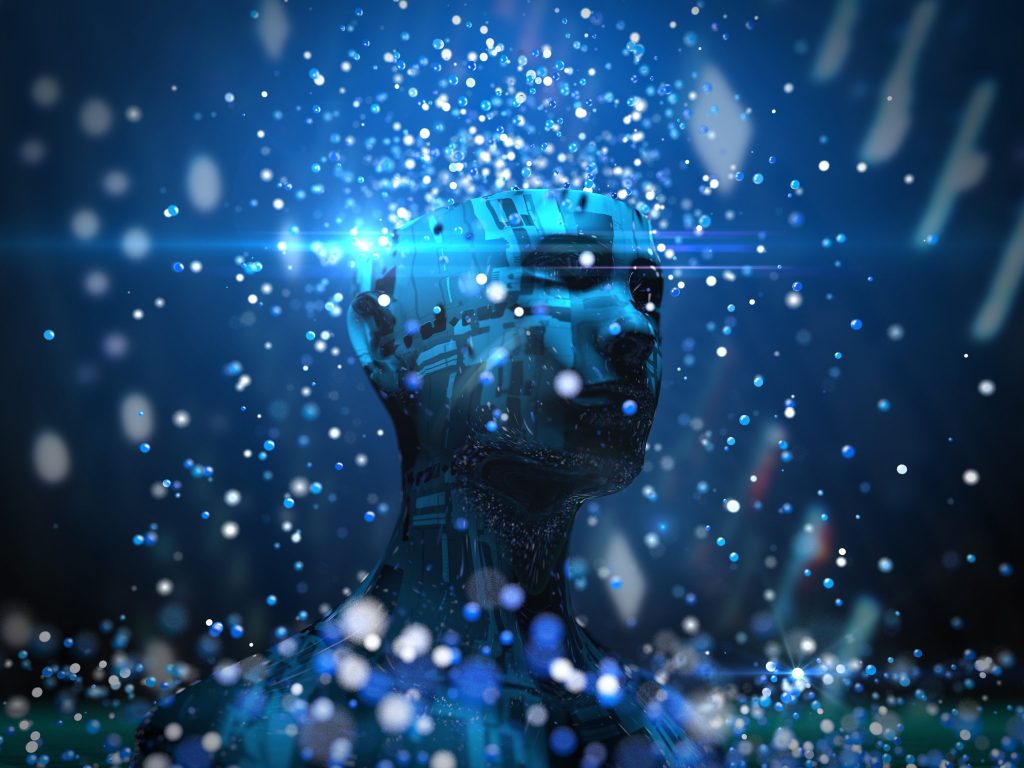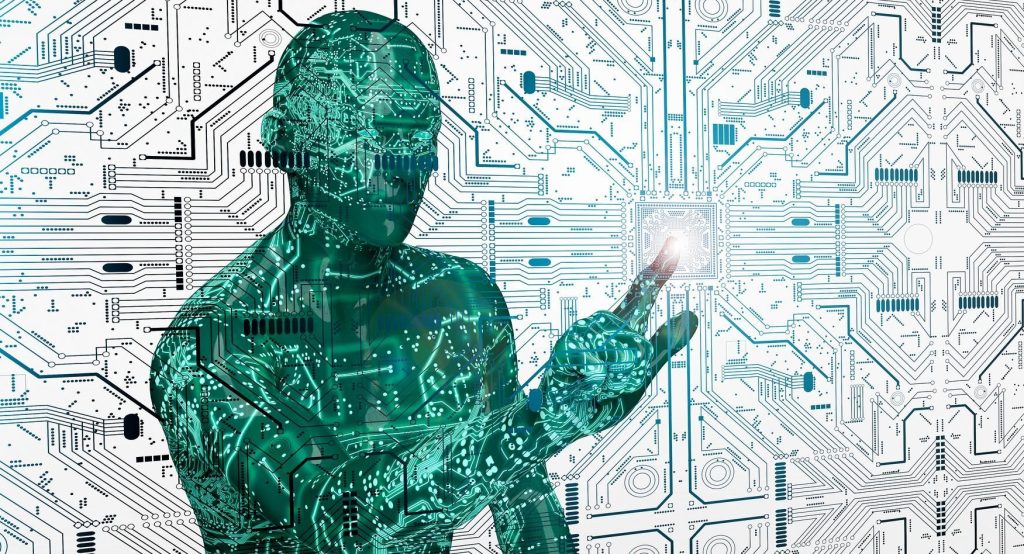The rapid advancement of artificial intelligence (AI) has ushered in a new era of creativity and content generation. From AI-written articles to AI-generated art and music, the possibilities seem endless. However, with this technological progress comes a myriad of copyright challenges that need to be addressed. In this blog post, we will explore the copyright quandaries that arise in the age of AI-generated content.
Understanding AI-Generated Content

Before delving into the copyright issues, it’s crucial to grasp what AI-generated content entails. AI, particularly machine learning algorithms, can now autonomously create text, images, music, and more. These algorithms analyze vast datasets and learn patterns, enabling them to mimic human creativity. As a result, AI can produce content that is often indistinguishable from that created by humans.
Ownership of AI-Created Works
One of the foremost copyright questions in the age of AI-generated content revolves around ownership. Who owns the rights to content created by AI? Traditionally, copyright laws grant creators exclusive rights to their work. However, when AI is the creator, the lines blur. Some argue that the programmers who develop the AI should hold the copyrights, while others contend that the AI itself should be recognized as the creator.
The issue becomes more complex when AI is trained on existing copyrighted material. In such cases, does the AI infringe upon existing copyrights, or does it create something new and distinct? Courts and legislatures are still grappling with these questions, and legal frameworks need to evolve to address these emerging challenges.
Fair Use and Transformative Works
Fair use is another critical concept in copyright law that becomes complicated in the context of AI-generated content. Fair use allows limited use of copyrighted material without permission from the copyright holder for purposes such as criticism, comment, news reporting, teaching, scholarship, and research. But can AI-generated content be considered fair use?
The answer depends on how the AI-generated content is used. If it’s created for transformative purposes, where the AI adds significant new value or commentary to the original work, it may be more likely to fall under fair use. However, the determination of whether a particular use qualifies as fair use can be subjective and may vary from one case to another.
Attribution and Plagiarism

Attribution is a fundamental aspect of copyright law. Creators are typically required to give credit to the original source when using someone else’s work. With AI-generated content, it becomes challenging to attribute the source, especially when the AI has drawn from a vast pool of data. This raises concerns about potential plagiarism and the accuracy of attributions.
AI can inadvertently produce content that closely resembles existing works, leading to accusations of plagiarism. Distinguishing between intentional plagiarism and coincidental similarities can be a daunting task, and copyright holders may find it challenging to protect their rights.
The Role of Human Creativity
While AI is capable of generating impressive content, it lacks the depth of human creativity and emotional understanding. This raises the question of whether AI-generated content should be treated differently under copyright law. Should there be a distinction between content created by humans and content created by machines?
Some argue that AI-generated content should be subject to stricter copyright limitations, as it lacks the originality and human touch often associated with creative works. Others advocate for a more balanced approach, recognizing AI as a tool that can enhance human creativity and innovation. The age of AI-generated content presents a host of copyright challenges that require careful consideration and adaptation of existing legal frameworks. As technology continues to evolve, copyright laws will need to evolve alongside them to address issues of ownership, fair use, attribution, and the role of human creativity in the creation of content. Striking a balance between encouraging innovation and protecting the rights of creators remains a complex and ongoing endeavor in the digital age.

Leave a Reply